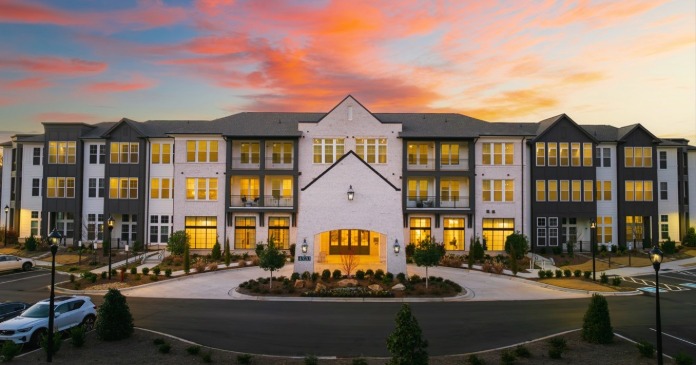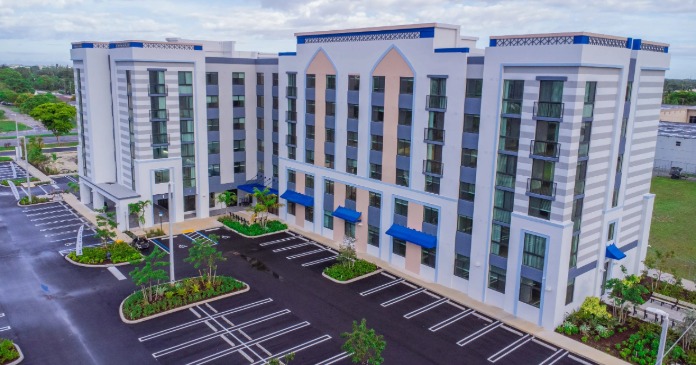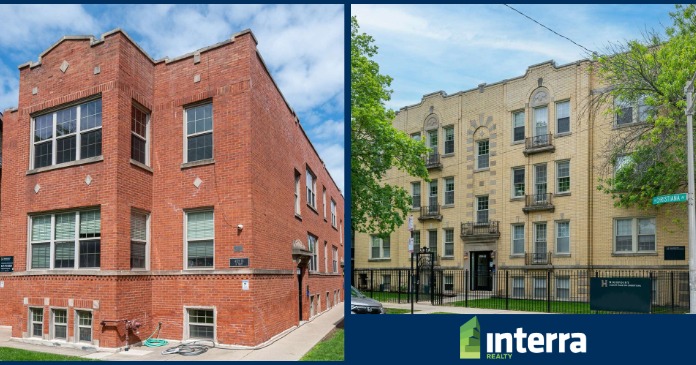
McGrath Real Estate Partners is pleased to announce the successful approval of a zoning change for approximately 50 acres of land located on CR 300 (Oxford Way), allowing for the development of a new community in Lafayette County.
The Lafayette County Board of Supervisors has approved the transition from Residential Low Density (R-1) to Residential High Density (R-3) zoning, enabling McGrath Real Estate Partners to develop a high-quality, student housing and for-sale single family residential community to meet the growing demand.
Strategically located near Oxford’s city limits and with access to essential utilities, the project will support the area’s growth and reduce the strain on existing student housing resources in Lafayette County. As recent housing studies have shown, Lafayette County and Oxford are experiencing rapid growth due to the University of Mississippi’s expansion. Currently, there is no other land zoned as R-3 within the county, making this rezoning approval an essential step toward addressing the housing shortage and supporting student needs. The site’s proximity to the university, only 1.5 miles away, ensures easy access to campus facilities, making it an ideal location for student housing.
“In alignment with Lafayette County’s growth needs, this zoning change will provide an essential influx of student housing options and for-sale residential within a strategically limited space, allowing us to meet local demand while minimizing the developmental footprint,” said Michael S. McGrath, President and CEO at McGrath Real Estate Partners. “We are grateful for the leadership and vision shown by Lafayette County officials, who understand the importance of planning for responsible growth to meet the needs of the expanding student population. Their commitment to thoughtful development ensures that the community can continue to thrive, and we are pleased to offer high-quality, professionally managed student housing that supports this vision.”
This zoning change supports Lafayette County’s commitment to efficient land use, preserving the area’s natural landscape while addressing the critical need for student housing. By allowing higher density, the project will offer greater housing capacity with reduced impact on local land, providing a sustainable solution to the rising demand.











